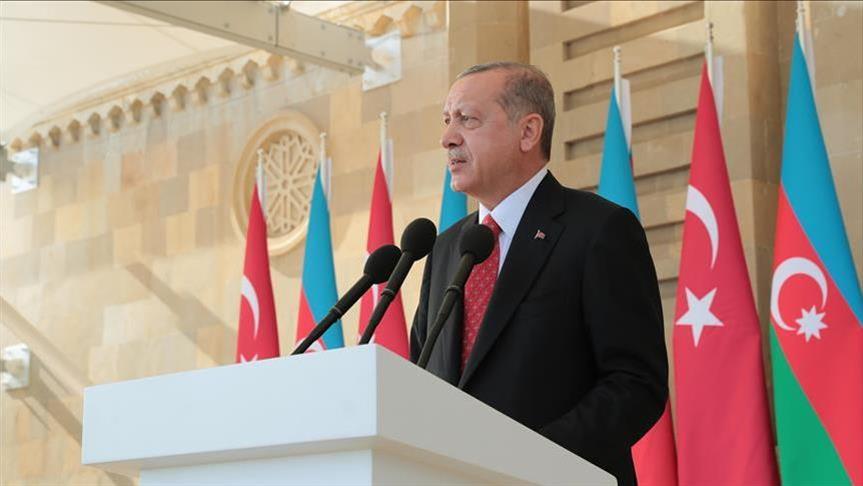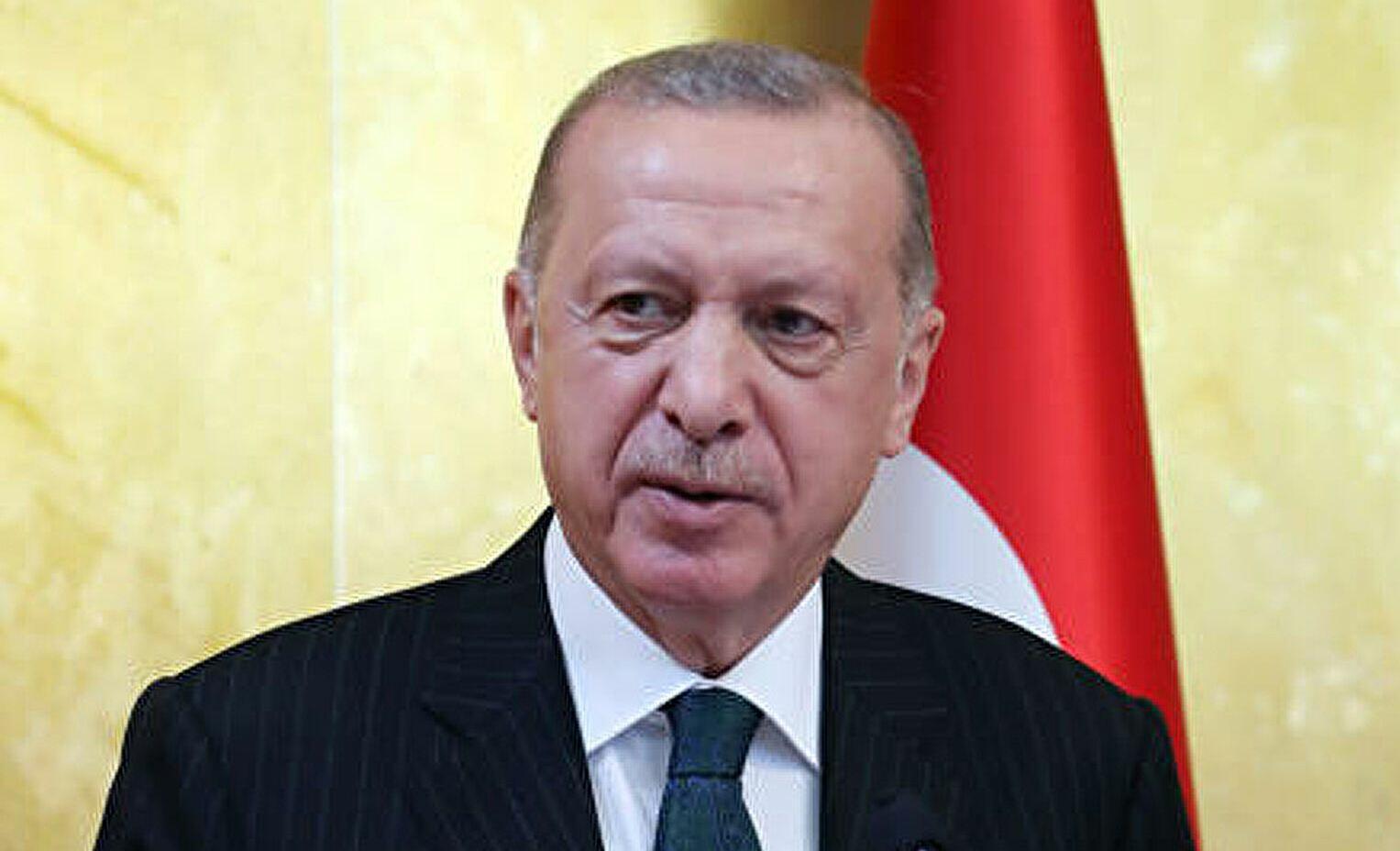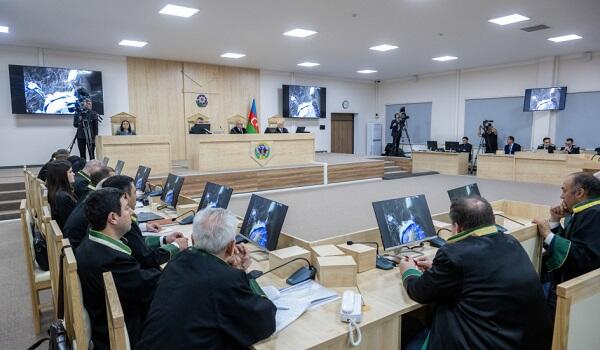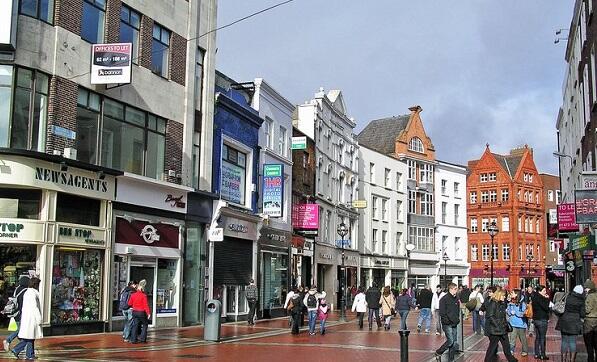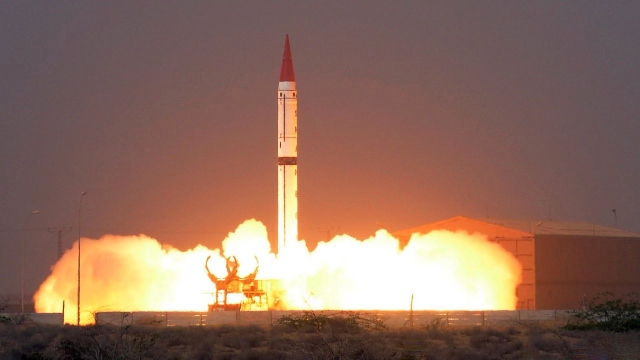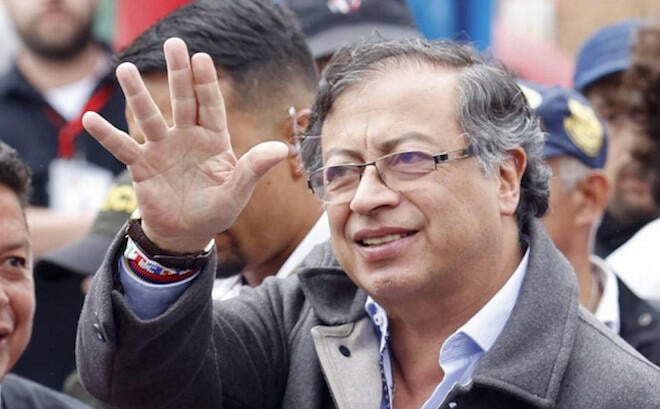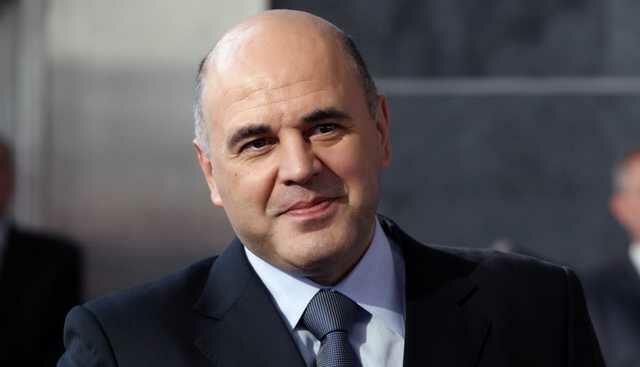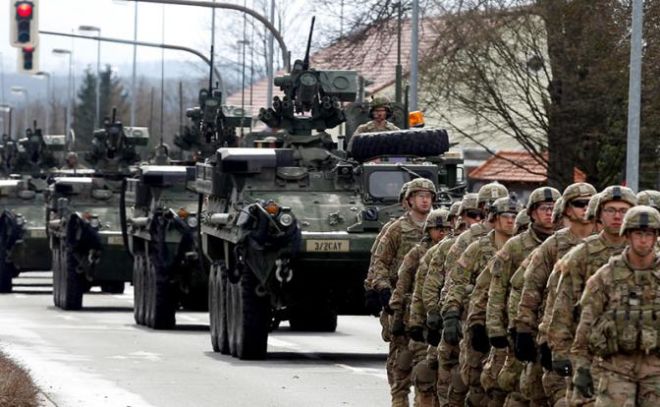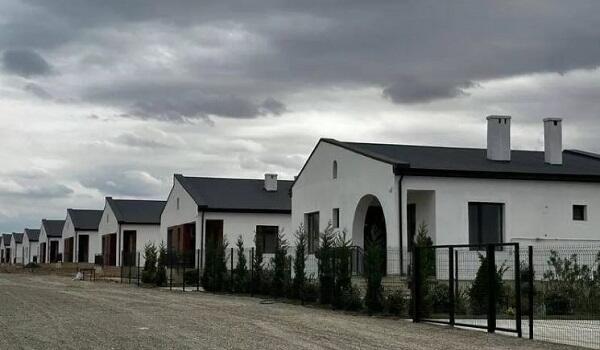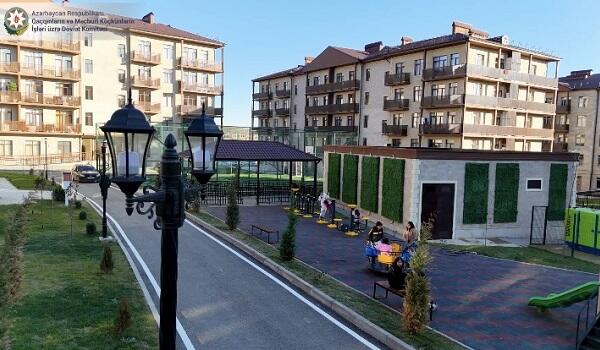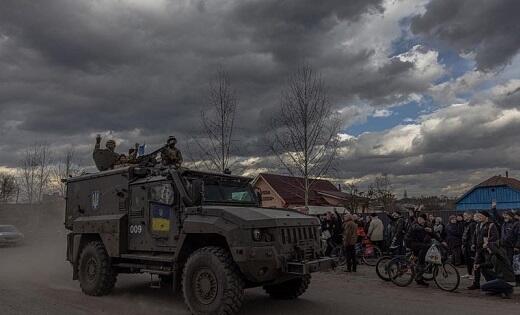The word “Déjà vu” comes from French and literally means "already seen." It is the phenomenon of having the strong sensation that an event or experience currently being experienced has already been experienced in the past. Although it’s a very common phenomenon that almost all of us experience, science doesn’t have a conclusive explanation for it. At least not yet.
Axar.az presents 9 scientific and nonscientific theories that attempt at explaining this strange phenomenon with Onedio.
1. A ‘Mix-Up’ Of Senses And Memory

This theory explains the sensation of déjà vu by linking it to our sensory perspectives.
A certain sight or smell might trigger our subconscious mind to recall a time when we saw or heard the same thing. This would also explain why the same déjà vu experiences can reoccur. When we remember something, it increases the strength of our neural pathways, meaning we are more likely to recall something which we repeatedly think about. But this theory can't explain why déjà vu occurs when the person experiencing it doesn’t recognize any of the stimuli involved in the déjà vu.
2. Dual Processing

When we originally perceive something, our brain places it into our short-term memory. If we continue to revise the processed information, it will eventually be transferred into our long-term memory where it is easier for us to retrieve. Items stored in our short-term memory will be lost if we do not make an effort to fully encode them. (For example, we will only temporarily remember the price of an item we bought.) This theory suggests that when we perceive something, our brain is simultaneously trying to encode the new memory into our long-term memory, thereby creating the uncomfortable illusion that we have experienced it before.
3. Parallel Universe Theory

You know the multiverse theory: we live among millions of parallel universes containing millions of versions of ourselves carrying out our own lives with a diversity of different possibilities. Some say déjà vu could actually contribute to this theory. Believers in this theory claim that the human experience of déjà vu can be explained by considering the unsettling feeling of having lived a moment before as a “crossover” with a parallel universe. This would mean that whatever you’re doing while experiencing the déjà vu, a parallel version of you is doing it in a different universe simultaneously, therefore creating an alignment between the two universes!
4. Familiarity-Based Recognition

When we recognize a stimulus in our environment, we are using our “recognition memory” which comes in two forms: familiarity and recollection. Recollection memory is when we recall seeing something which we have seen before (such as recognizing someone who lives on your street in a local store). This is our brain retrieving and applying true information which we have encoded into our memory. Familiarity-based recognition, however, is a little different. This is what happens when we believe we are seeing something we recognize, but we have no memory of it actually happening previously (such as seeing someone familiar in a local store but not being able to recall why we recognize them). Déjà vu could be a form of familiarity-based recognition, which would explain why we have such strong feelings of recognition when we experience the déjà vu.
5. The Hologram Theory

The hologram theory is the idea that our memories are formed like three-dimensional images, which means they have a structured frame network to them. This theory suggests that the entire formation of a memory can be reconstructed by one element. Therefore, if one stimulus in your environment (a sound, smell, etc.) reminds you of a previous moment you have experienced, the entire memory can be recreated by your mind like a hologram. This explains déjà vu by suggesting that when something in our current environment reminds us of our past, our brain makes a connection to the past event and produces a “hologram” of the memory to make it feel like we are reliving it.
6. Precognitive Dreams
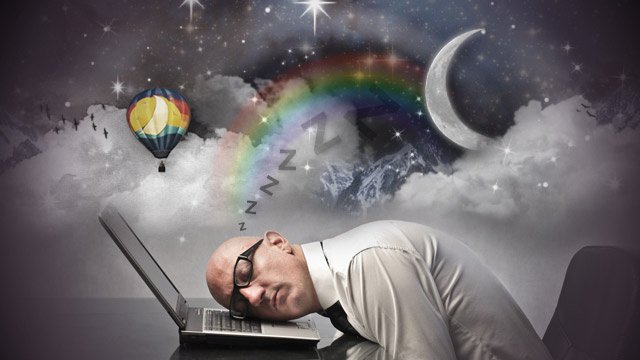
A precognitive dream is where a dream we have predicts something that happens in the future—someone finds themselves in a situation they had previously dreamed about. A lot of people report having precognitive dreams about great tragedies (such as the sinking of the Titanic), suggesting that humans have a subconscious sixth sense! This could explain déjà vu by suggesting that the moment we have the experience of living something before is when we have previously dreamed about the present happenings.
7. Divided Attention

This theory suggests that déjà vu occurs due to a subliminal recognition of the object in our experience of déjà vu. This means that our subconscious mind (the thoughts that we are unaware of) recalls the stimulus, but our conscious mind doesn’t. So, our subconscious mind is able to hold an image, allowing us to show recognition of it. This means that déjà vu could be us recognizing a message we have received subconsciously. Believers in this theory believe that subconscious messages can be communicated to us through the Internet, TV, and other social media devices!
8. Amygdala

The amygdala is a small region of our brain. With one located in each cerebral hemisphere, the amygdala is involved in our experience of emotion (most commonly anger or fear). The amygdala is responsible for our fear response to things in our environment. So if you’re afraid of spiders, your amygdala will process your response when you see one. When we’re put in a dangerous situation, our amygdala may act to temporarily disorient our brain. If you were standing underneath a falling tree, your amygdala may have a panic response that causes your brain to malfunction. The amygdala can be used to explain déjà vu if we consider the moment as a temporary brain malfunction. If we are placed in a situation that is almost the same as a situation we have been in before but it is changed somehow (for example, the layout of a house may be identical to another you have been in, but the actual furniture could be different), our amygdala could produce a panic response. This means we are put in a temporary state of confusion, and this could be our experience of déjà vu.
9. Reincarnation
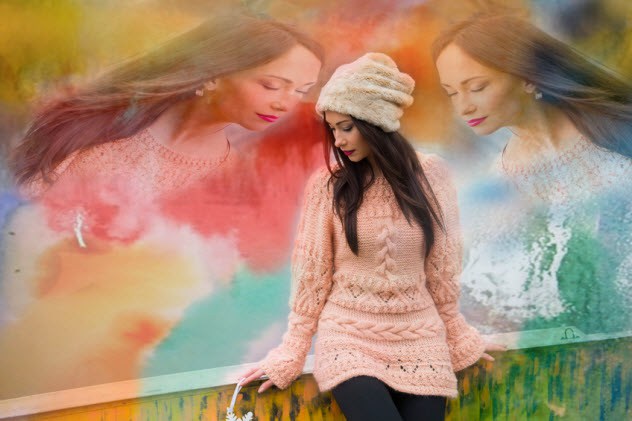
The general theory of reincarnation is that we lived as someone else in a previous life before we were born into this life. Believers in reincarnation claim that the majority of us move into the next life with no recollection of the previous one. This means that we carry no direct memories from our old life. They say that we come into our new life with a set of signals that reflect states of consciousness. This means that memories created on one level of consciousness cannot be retrieved in another (like being unable to recall something that happened while you were drunk). As déjà vu occurs in an abnormal level of consciousness, the theory of reincarnation would explain the experience by referring to the moment as a signal from a previous life.


